What is the Impact of Commercial Led Office Lighting on Employee Productivity and Energy Efficiency
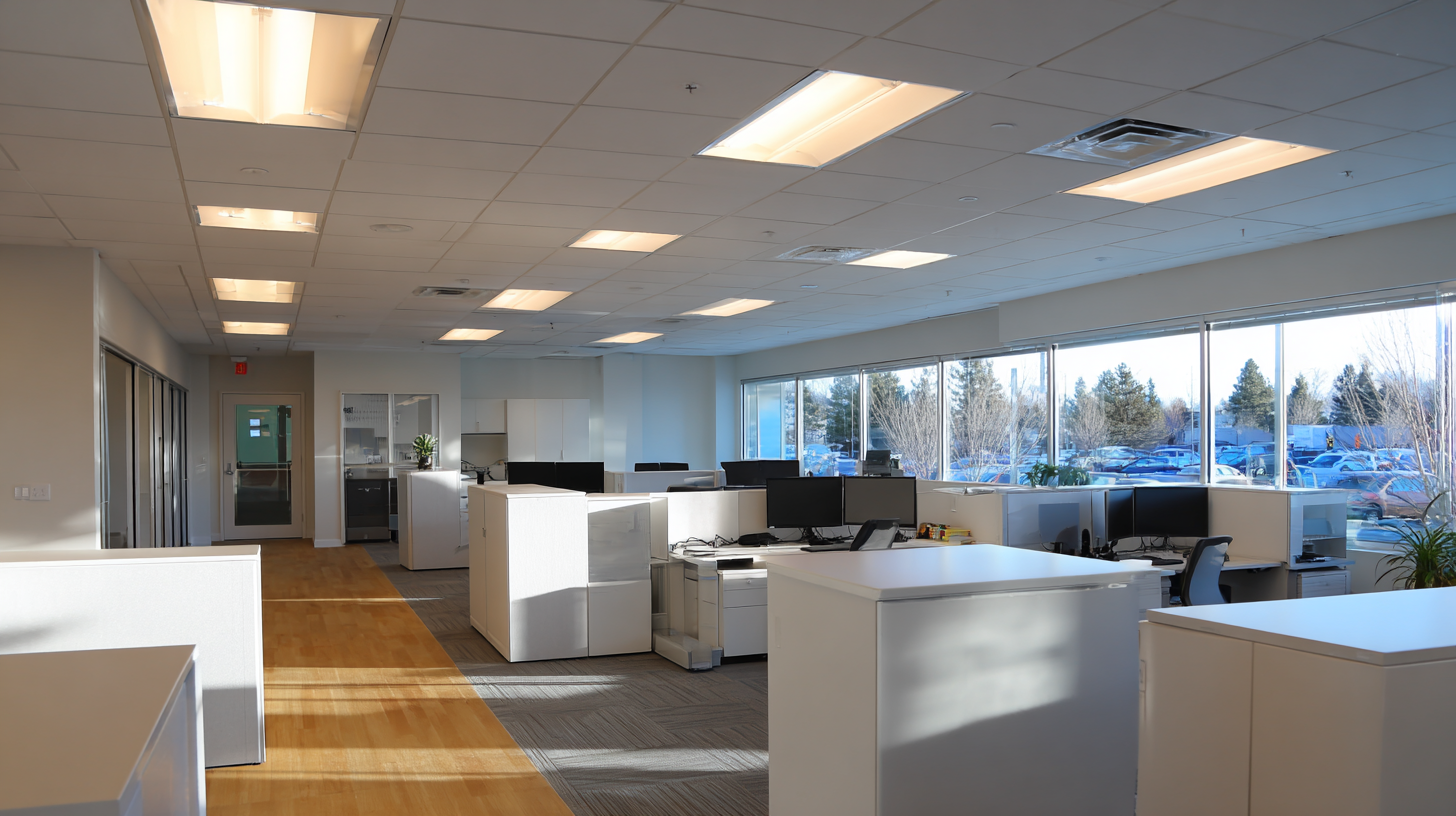 The evolution of workplace design has seen a significant shift towards adopting Commercial LED Office Lighting, driven by the growing recognition of its impact on employee productivity and energy efficiency. According to a report by the U.S. Department of Energy, energy-efficient lighting can reduce lighting energy consumption by over 60%, translating not only into cost savings but also into a reduction in greenhouse gas emissions. In addition to energy savings, studies have shown that well-designed lighting systems can enhance employee performance by improving concentration and reducing eye strain. A study published by the International Facility Management Association indicates that optimal lighting conditions can increase productivity by up to 20%. As organizations seek to create a conducive work environment, understanding the implications of Commercial LED Office Lighting becomes crucial in maximizing both employee satisfaction and operational efficiency.
The evolution of workplace design has seen a significant shift towards adopting Commercial LED Office Lighting, driven by the growing recognition of its impact on employee productivity and energy efficiency. According to a report by the U.S. Department of Energy, energy-efficient lighting can reduce lighting energy consumption by over 60%, translating not only into cost savings but also into a reduction in greenhouse gas emissions. In addition to energy savings, studies have shown that well-designed lighting systems can enhance employee performance by improving concentration and reducing eye strain. A study published by the International Facility Management Association indicates that optimal lighting conditions can increase productivity by up to 20%. As organizations seek to create a conducive work environment, understanding the implications of Commercial LED Office Lighting becomes crucial in maximizing both employee satisfaction and operational efficiency.
Understanding Commercial Led Office Lighting and Its Components
Commercial LED office lighting is designed to enhance both energy efficiency and employee productivity. An essential component of these systems is their ability to emit light that mimics natural daylight, which has been shown to significantly improve mood and concentration. According to a report by the U.S. Department of Energy, switching from fluorescent to LED lighting can lead to a 75% reduction in energy consumption, offering substantial savings for businesses. This transition not only reduces electricity costs but also minimizes the environmental impact associated with high energy use.
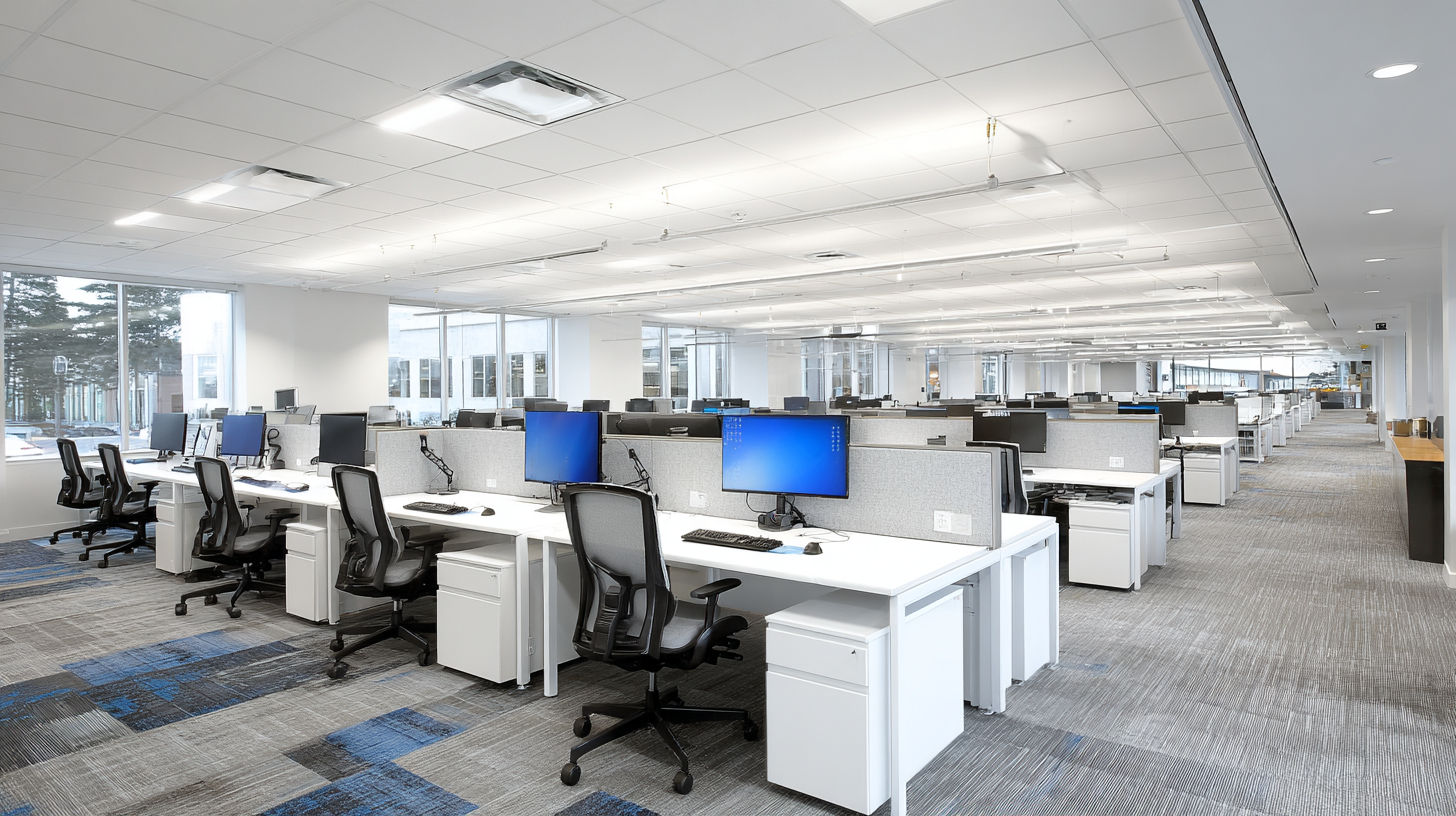
In addition to energy efficiency, the quality of light provided by commercial LED systems plays a crucial role in workplace productivity. Research indicates that well-lit environments can bolster employee cognitive functions, increasing overall work output by up to 20%. Furthermore, adjustable lighting features that allow employees to control their workspace illumination can lead to higher job satisfaction and reduced eye strain. Such features demonstrate that investing in quality commercial LED lighting is not merely a cost-saving measure but also a strategic enhancement to employee well-being and productivity.
Evaluating the Connection Between Office Lighting and Employee Productivity
The connection between office lighting and employee productivity is increasingly recognized in modern workspace design. Effective lighting not only enhances the aesthetic appeal of an office but also plays a crucial role in influencing mood, energy levels, and overall work performance. Studies have shown that access to natural light can significantly improve employees' well-being, leading to increased focus and creativity. Additionally, the right artificial lighting conditions, such as adjustable brightness and color temperature, can help reduce eye strain and fatigue, ultimately allowing employees to maintain higher levels of productivity throughout the workday.
Moreover, energy efficiency is another vital aspect linked to office lighting that correlates with productivity. By opting for commercial LED lighting systems, companies can drastically reduce energy consumption while providing optimal illumination for their workspaces. LED lights are not only more cost-effective due to their longer lifespan and lower energy usage, but they also emit less heat, helping to maintain a comfortable working environment. This dual benefit of promoting an engaging workplace atmosphere while enhancing energy efficiency underscores the importance of thoughtful lighting design in the modern office.
The Impact of Commercial Led Office Lighting on Employee Productivity
This chart shows the correlation between different types of office lighting and employee productivity metrics, as well as energy efficiency ratings.
Analyzing Energy Efficiency Benefits of Commercial Led Lighting Solutions
Commercial LED lighting solutions are becoming increasingly popular in office environments, not only for their aesthetic appeal but also for their energy efficiency benefits. These lighting systems consume significantly less electricity compared to traditional incandescent or fluorescent bulbs, leading to substantial cost savings on energy bills. In addition, LEDs have a longer lifespan, reducing the frequency of replacements and thereby lowering maintenance costs. By optimizing energy use, businesses can contribute to a more sustainable future while also enhancing their bottom line.
**Tips for Maximizing Energy Efficiency with LED Lighting:**
1. **Choose the Right Color Temperature:** Selecting the appropriate color temperature can not only enhance the ambiance of the workspace but also improve employee mood and productivity. Aim for warmer tones in relaxation areas and cooler tones in workspaces to support focus.
2. **Utilize Smart Controls:** Incorporate smart lighting controls such as motion sensors and dimmers. These technologies adjust light levels based on occupancy and natural light availability, further reducing energy consumption.
3. **Regular Maintenance:** Even though LEDs require less maintenance, routinely check fixtures and controls to ensure they are functioning properly. This proactive approach can help maintain energy efficiency and prolong the life of the lighting systems.
By focusing on these strategies, companies can maximize the energy efficiency benefits of commercial LED lighting, creating a more productive work environment.
What is the Impact of Commercial Led Office Lighting on Employee Productivity and Energy Efficiency - Analyzing Energy Efficiency Benefits of Commercial Led Lighting Solutions
| Aspect | Before LED Implementation | After LED Implementation | % Improvement |
|---|---|---|---|
| Employee Productivity (measured in tasks completed per hour) | 15 | 20 | 33.33% |
| Energy Consumption (kWh per month) | 800 | 400 | 50% |
| Employee Satisfaction (scale of 1-10) | 6 | 8 | 33.33% |
| Maintenance Costs ($ per month) | 200 | 100 | 50% |
| Illuminance Levels (Lux) | 300 | 500 | 66.67% |
Implementing Best Practices for Optimal Office Lighting Design
Optimal office lighting design plays a crucial role in enhancing employee productivity and energy efficiency. According to a report by the International Energy Agency, well-designed lighting can reduce energy consumption by up to 30%. This is particularly important in the context of modern workplaces where energy costs are a significant concern. Implementing best practices such as utilizing LED technology not only decreases energy usage but also provides better illumination, which can lead to improved employee focus and task performance.
Furthermore, studies have shown that natural lighting and proper artificial lighting can positively affect employees’ mood and health, resulting in increased productivity. Data from the World Green Building Council indicates that improved indoor lighting can lead to a 10% boost in employee performance. For companies looking to optimize their office spaces, incorporating adjustable lighting systems and smart controls can adapt the workspace to different tasks throughout the day, enhancing both comfort and efficiency while minimizing energy waste.
Measuring the Long-Term Impact of Lighting Choices on Workplace Well-Being
The long-term impact of lighting choices on workplace well-being is a critical consideration for organizations aiming to optimize employee productivity. Research has shown that proper illumination not only enhances visibility but also significantly influences mood and cognitive performance. For instance, environments lit with optimal spectrums of light can reduce eye strain and fatigue, potentially leading to fewer sick days and greater overall employee satisfaction. This creates a work atmosphere that fosters creativity and collaboration among teams.
Moreover, energy-efficient commercial lighting solutions, such as LED systems, not only contribute to financial savings but also improve the overall quality of the work environment. These lighting options can be adjusted to suit different tasks and times of day, promoting a sense of control among employees. Organizations that prioritize such tailored lighting are likely to see an increase in employee engagement and a decrease in turnover rates. Therefore, the choice of lighting is not merely a technical decision but a strategic approach to enhancing workplace well-being and, consequently, long-term productivity.
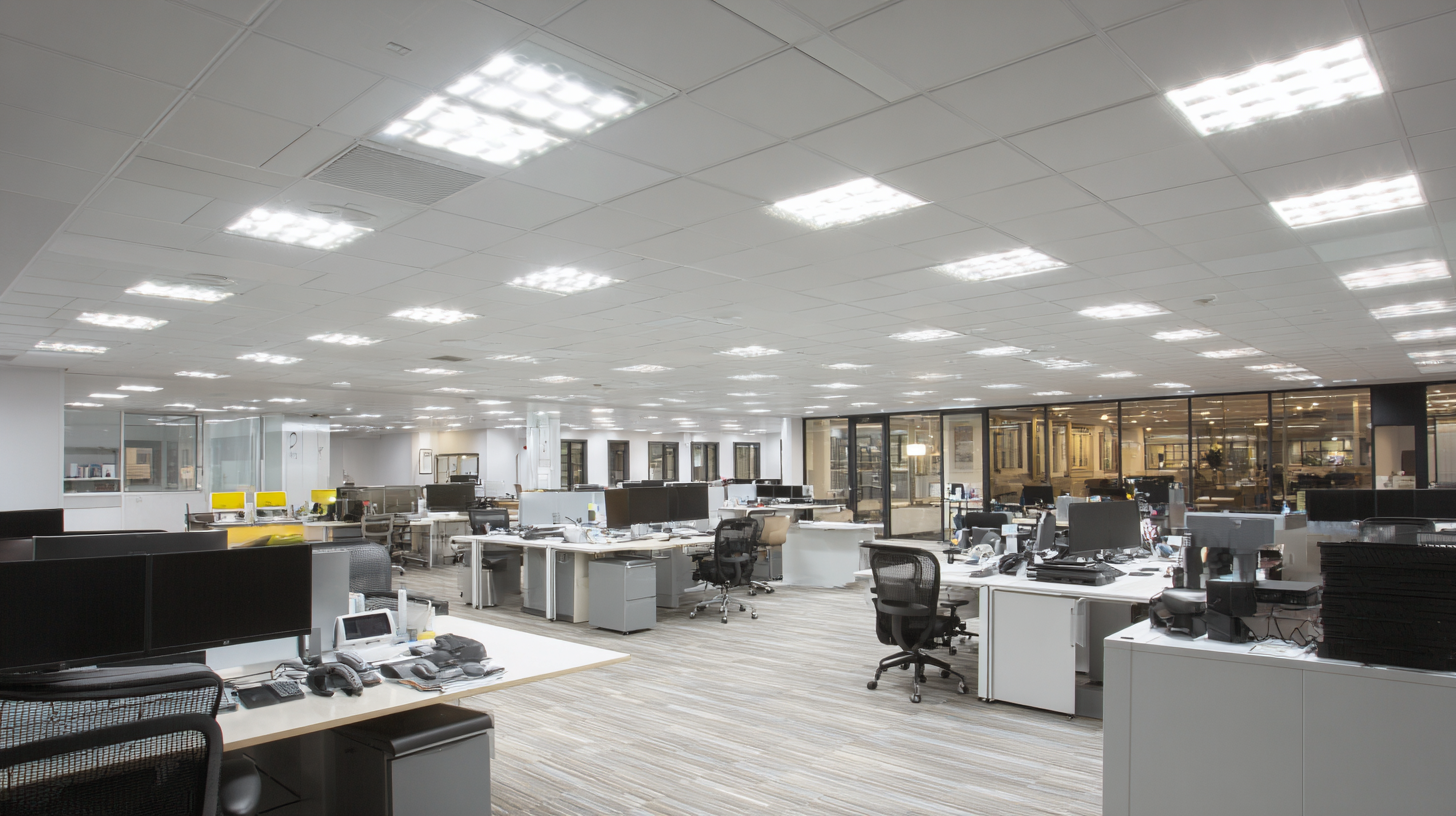
Related Posts
-
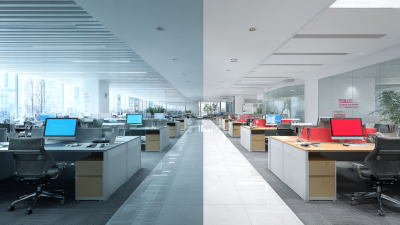
Trustworthy Quality in Best Commercial Led Office Lighting from China for Global Buyers
-
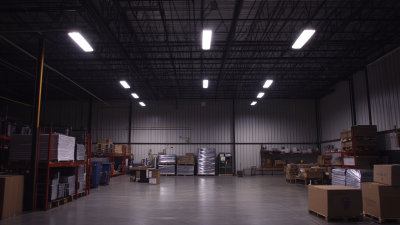
Maximizing ROI: How Quality After-Sales Service in Industrial LED Lighting Reduces Repair Costs
-

Top Strategies for Enhancing Workplace Productivity with Commercial Led Office Lighting
-

Navigating Tariff Challenges: China’s Resilient Growth in Best Led Fixtures Amidst US-China Trade Tensions
-
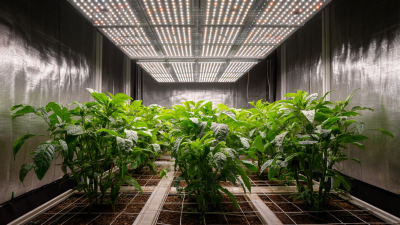
7 Essential Tips for Maximizing Your Indoor Garden with LED Grow Lights
-

Exploring Unique Alternatives to Best Led Grow Light for Your Indoor Garden
